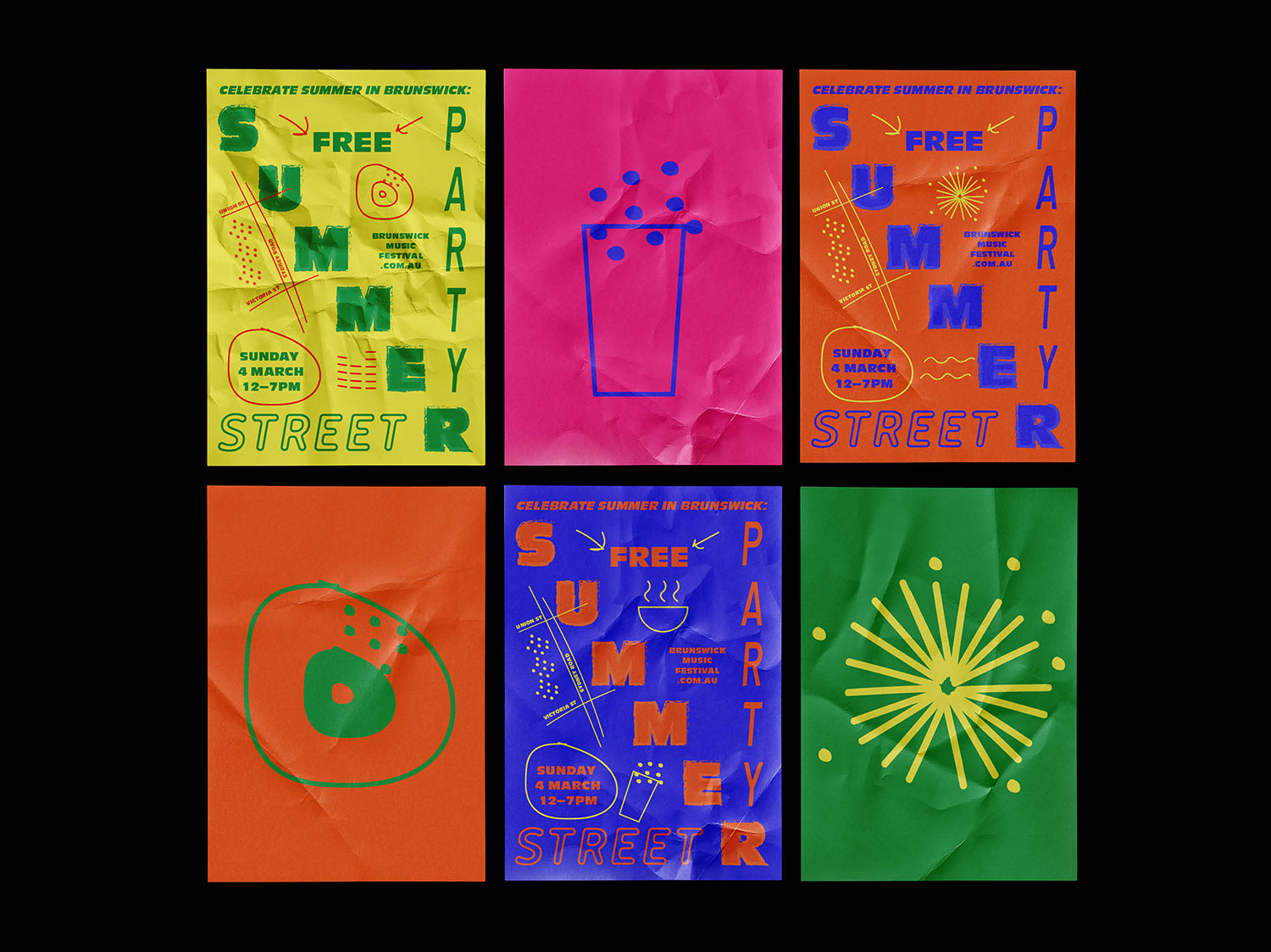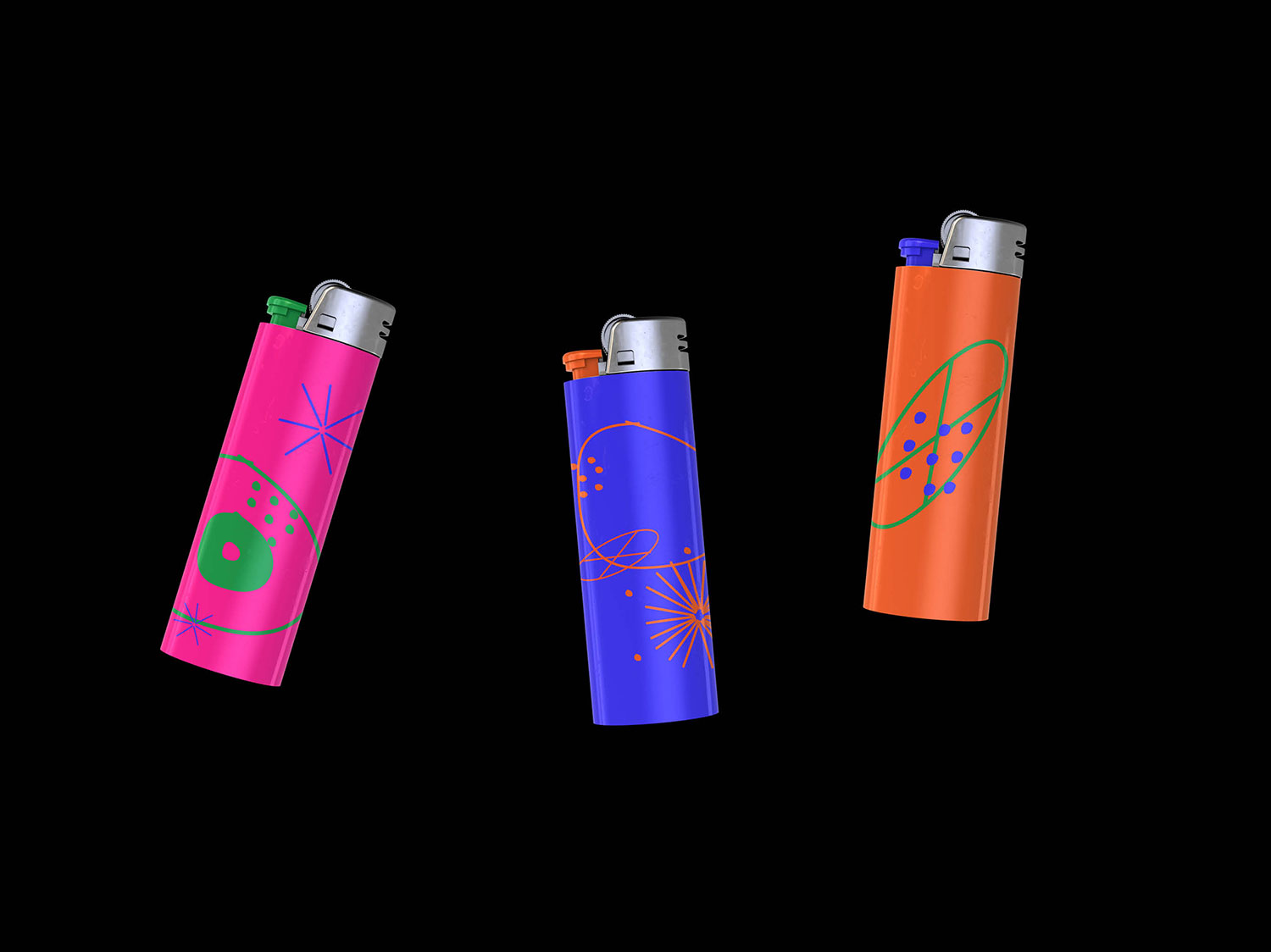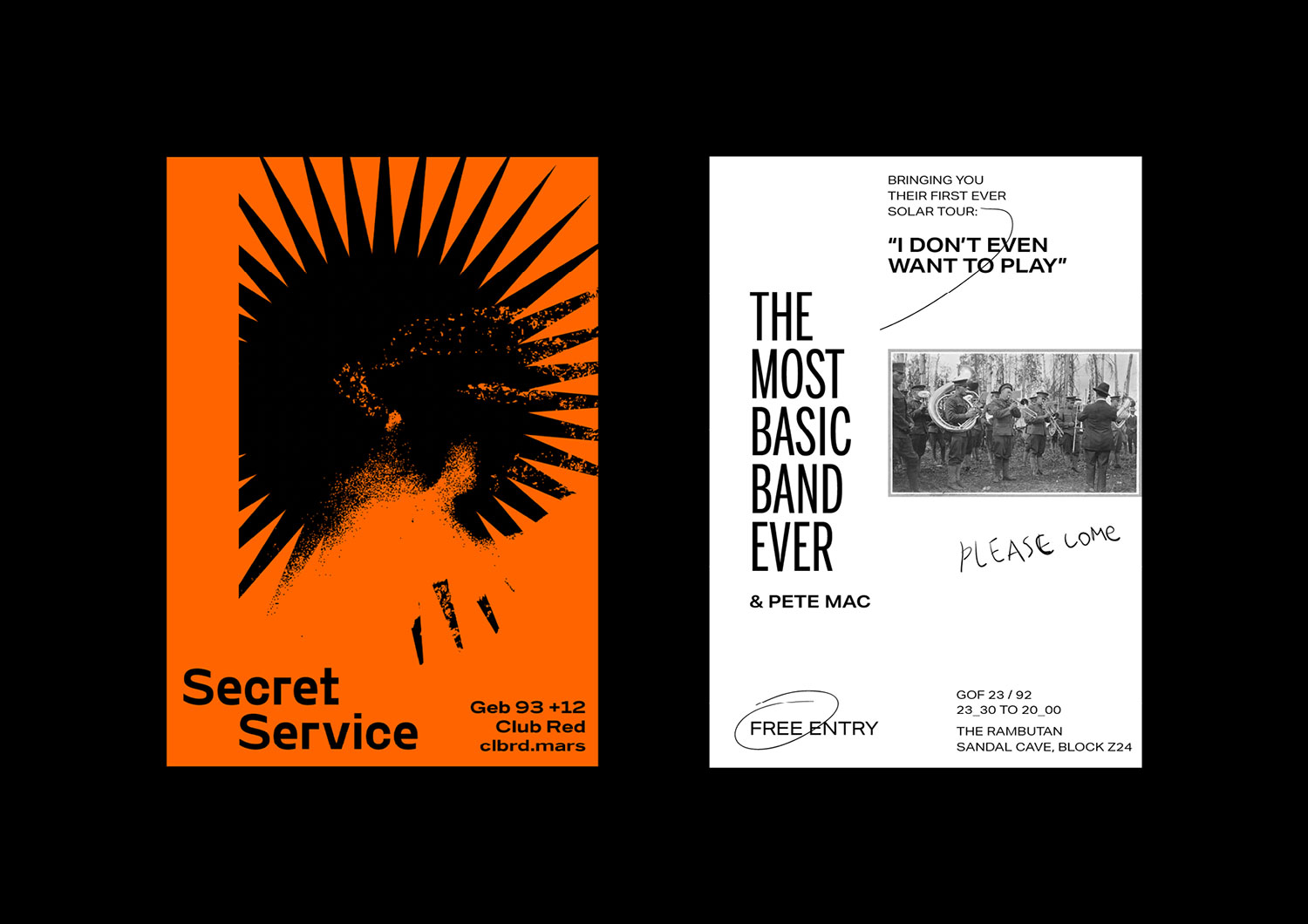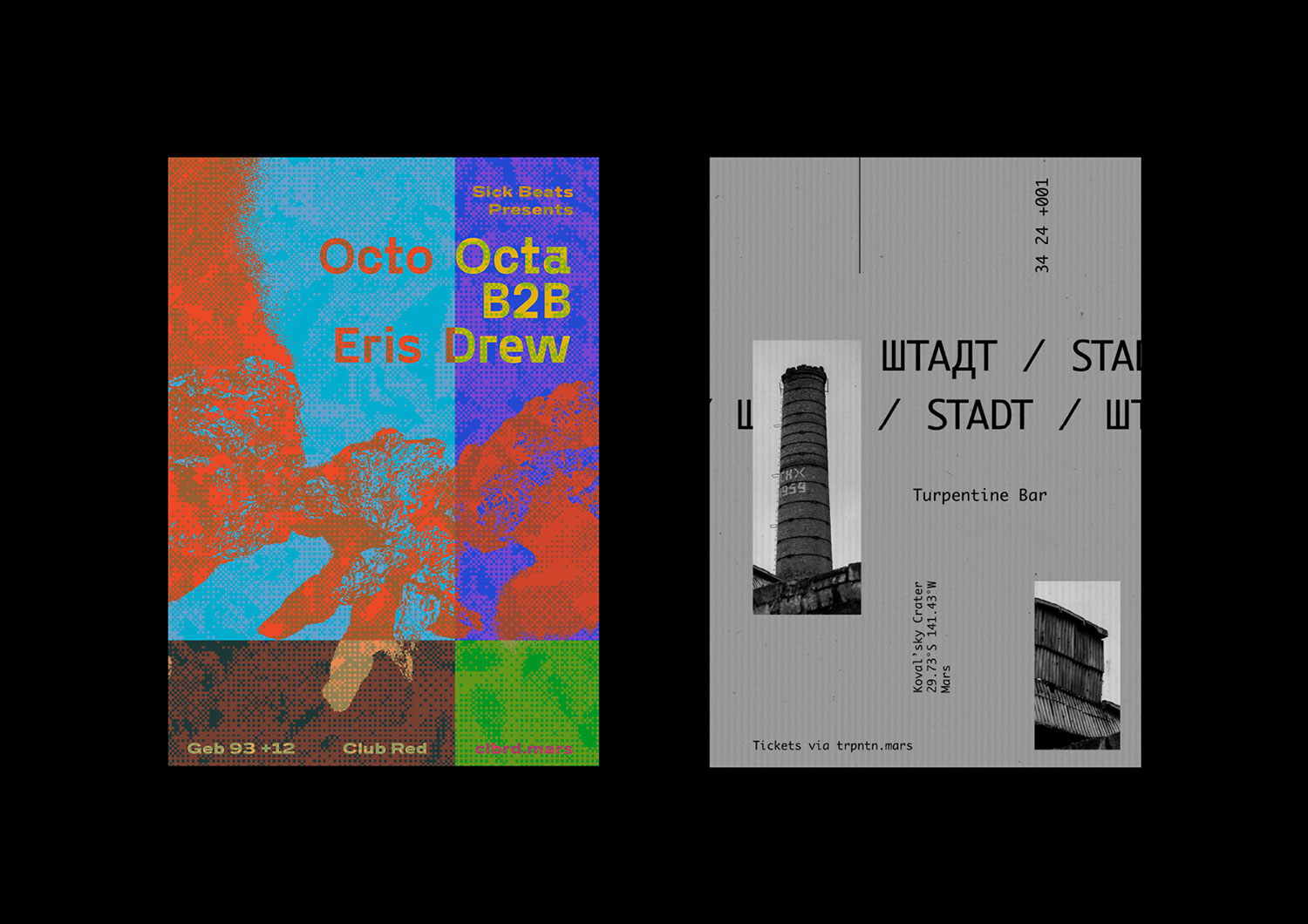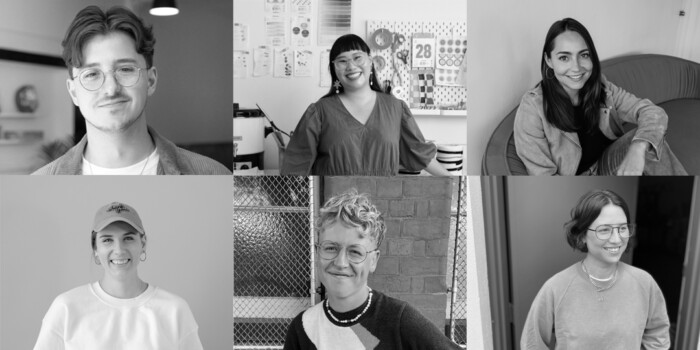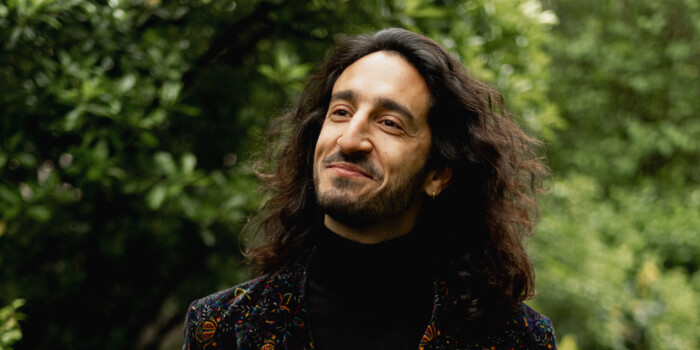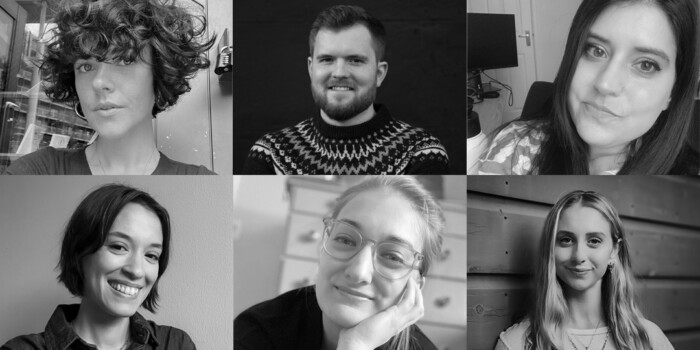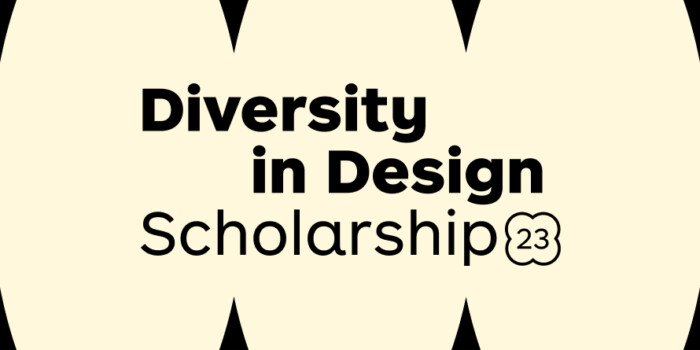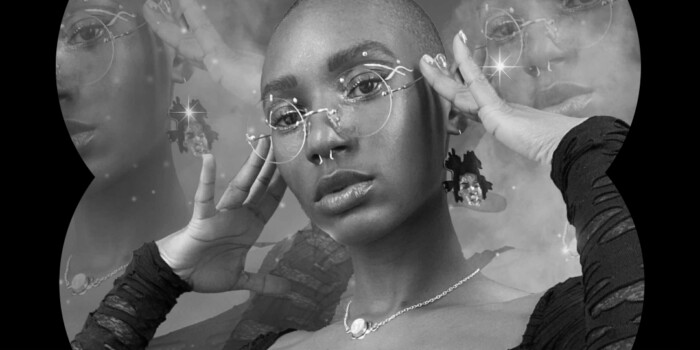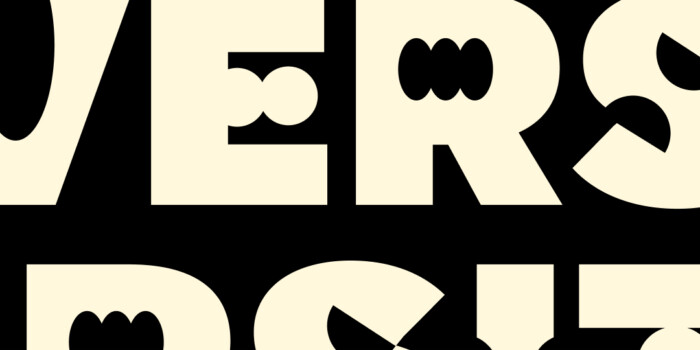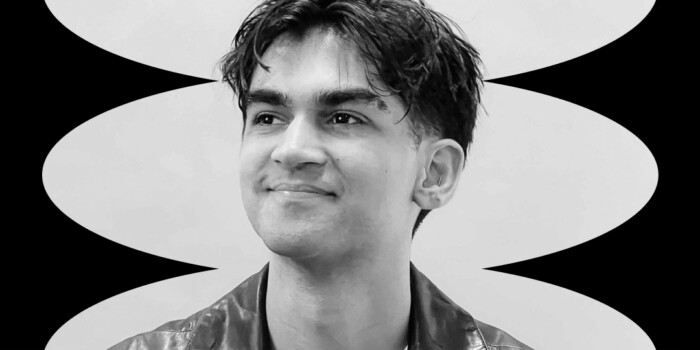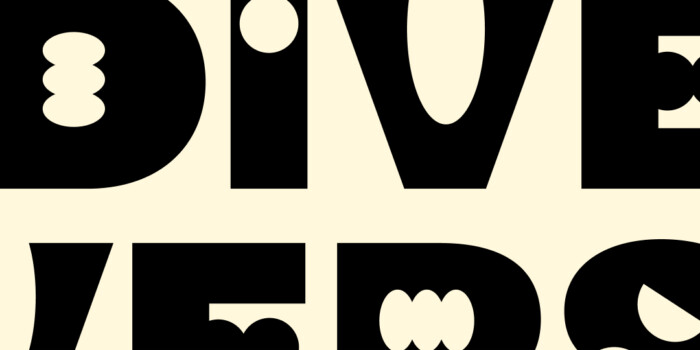Career Change: One Student’s Journey From Project Manager to Graphic Designer
For Shillington Sydney graduate Karina Aslikyan, discovering the intensive, hands-on nature of the Shillington course at one of our info sessions, she knew our course was the best option around to kickstart her career in design. Starting out in a new industry has its challenges, but no one expects their first year on the job to line up with a global pandemic. At first she was a little uncertain of where to begin with hunting for a job, but after some sage advice from an industry mentor she met through Shillington, she changed her tactic. Recognising her passions for live music and events, Karina kicked things off by creating the kind of work she wanted to be hired for and it has been working wonders.
We caught up with her one year after graduation to find out how life as a freelance designer is going. She shares some of the incredible passion projects and client work she has been creating. She proves that making work that matters to you will help you connect with clients and why when all the parties are cancelled, our only option will be to plan a party on Mars.
You have a background in project management and web development. At what moment did you decide to take the leap and study design?
My first real job out of uni was at a tech startup where I got to work on everything from design, UX, web development and project management, teaching myself along the way. I remember my boss asked me, “Do you know how to design brochures?” And I said, “Yes, of course,” then went on to make my first brochure in Microsoft Word (sorry, fellow designers). I then taught myself just enough Adobe Illustrator to proceeded to making all my brochures in it (sorry, design teachers).
I eventually moved into a more project management-focus role, but two years in I realised that role was draining my energy. Talking to people and attending meetings took most of my days. I felt I no longer was in the state of flow–by myself, in front of a computer screen, solving problems.
I started analysing my work history and looking for tasks that put me into that state. Web development did, but didn’t quite fulfil my creative side. Design work did both, but being self-taught I felt I was missing the foundations. Design education was the perfect next step.
Why did you decide to study at Shillington? What made our course stand out from the rest?
Shillington ticked all the boxes for me–a short intensive hands-on course to make an efficient career switch.
At the Info Session, one of the teachers did a teaser of a brand identity brief. It got me so excited! After that, I knew I had found my perfect course.
What was your favourite student brief? Tell us about your process and the final outcome.
Designing festival identity of Sydney Street Summer Party was so much fun. I fully channelled my personality into it: drew squiggly icons and went crazy with the grid, inspired by the Japanese festival posters. During the folio week my teacher Johnny also pushed me to find a stronger colour palette.
How has your first year as a designer been? Tell us your story from graduation to today.
The first year has brought a lot of learning and challenges. At first, I wasn’t sure what I was doing–just applied for every job ad out there.
In December, 3 months after graduating, I had a chat with Frankie from The Design Kids. She pointed out how much personality and fun she could see from the music and festival briefs I did at Shillington. This feedback was a real eye-opener.
“What if I applied my design career to what I was truly passionate about?” I thought. Sometimes all it takes is to allow ourselves to dream.
Of course it wasn’t that easy. Coronavirus hit soon after, forcing me to be more resourceful at pursuing my dream ‘jobs.’ I came up with personal projects, volunteered for FBi Radio, Sydney’s independent radio station. I did a Designer Bootcamp to tailor my folio and personal brand to my ideal clients.
Meanwhile, I was also doing design work for other industries, like e-commerce, that flourished during the pandemic.
Right now, I’m beyond excited that live music and parties are slowly coming back and all the prep work and past personal projects have helped push my career in the right direction.
Can you tell us about the kind of things you work on as a freelancer? Can you share a recent project with us?
This July, I finished an important project for a record label called eclectic. They asked me to design 10 artworks and a 30-second visualiser, united by a theme of my choice, for their Guest Mix Series. They gave me full creative freedom, for which I’m so grateful.
I picked dance as my subject. Dancing and nightlife for me is about inclusivity, unity and liberation from our daily struggles. I wanted to make people feel like they were dancing in a nightclub, something we haven’t done much in 2020.
Most of my time was spent researching and exploring ideas. I experimented with paint, paper, aluminium foil, slow-motion videos. I even tried to mimic Matisse’s ‘Dance.’ Eventually, it only took me 10 minutes to nail the concept of the first artwork (combining the slow-shutter photos of dancers with processed images of aluminium foil), but it was preceded by weeks of trial and error.
We loved your self-initiated Mars Party Posters project, which you shared on Instagram during the initial COVID lockdown. Can you tell us a little bit about why you started the project and walk us through your design process?
Thank you, this is my favourite passion project to date! I started it early this year when all parties and gigs got cancelled and borders got closed. I thought my only other option was going to Mars and organising imaginary parties there.
On a serious note, the Mars Party Posters series was a way to deal with frustration and loss. I wanted to work more within the music industry but corona made it nearly impossible this year. I love live music and nightclubs and the pandemic took that as well.
And so every day, for 30 days, I would quickly come up with the details of an event (featuring either a real or imaginary act) and spend 20 minutes making a poster.
It was also a good opportunity to focus on one design or software aspect I was curious about: image processing, simple animations, grid, typography, texture.
My main limitations were my subject (gig/party on Mars), the time (20 minutes) and the output format (a poster). I intentionally didn’t share my progress on Instagram during those 30 days because I struggle a lot with self-doubt and that would have ruined all the fun. I wanted to design for myself, not for others. But since then I’ve shared a few posters I made on my account.
What do you think makes passion projects so important for designers at every level of the game? Do you have any other passion projects happening at the moment that you’d like to tell us about?
- You can finally work on your dream projects.
- You gain momentum through daily practise.
- You get out of your comfort zone and confront your fears in a gentle way.
I can’t recommend passion projects enough. Set your own rules and choose your own adventure.
In November, I’m starting another 30-day project in collaboration with my partner who is a music producer and illustrator. Each day he will be making a short music piece that I will design an imaginary album cover for. It’s inspired by a fun exercise we did at Shillington: use a random Wikipedia article as the artist’s name and a random quote as the album name; pick a genre and design an imaginary album cover.
What inspires you in your design work? Is there anyone whose work you’re loving in particular right now?
I try to always keep my eyes peeled for inspiration. I often find it in nature, art, cartoons and bookshops.
Shillington helped train my eye, so whenever I come across a striking piece of design I take time to analyse what makes it work.
I love learning, so I’m constantly in the middle of some online course. At the moment, I’m doing a one-of-a-kind free course developed by the AFTRS students called FLIP//BOOK, which covers video editing, 3D modelling and animation.
In terms of my recent design inspirations, I can’t get enough of Chloe Scheffe’s ground-breaking editorial design typography. Bráulio Amado blows my mind with his dynamic illustrations and layouts full of tension. To me, the playfulness behind the ideas and execution is the most important part of a designer’s craft.
If you could give one piece of advice to someone who wanted to study Shillington, what would it be?
Go for it! Working as a designer may not be your end goal, but the course teaches you so many valuable all-round skills: creativity, play, experimentation, the skill of looking.
Design is not only about aesthetics, it’s a way of thinking and solving problems. This is what the course teaches you too.
Anything else you’d like to add?
Stop reading and make something fun today!
Massive thanks to Karina for walking us through her journey so far! Don’t hesitate to find out more about Karina’s creative magic by checking out her website and following her on Instagram.
Want to become a graphic designer just like Karina? Learn more about Shillington’s 3 month full-time and 9 month part-time courses in New York, London, Manchester, Sydney, Melbourne, Brisbane or Online.
Want to win some amazing prizes and stay in the loop with all things Shillington? Sign up to our newsletter to automatically go in the draw.

